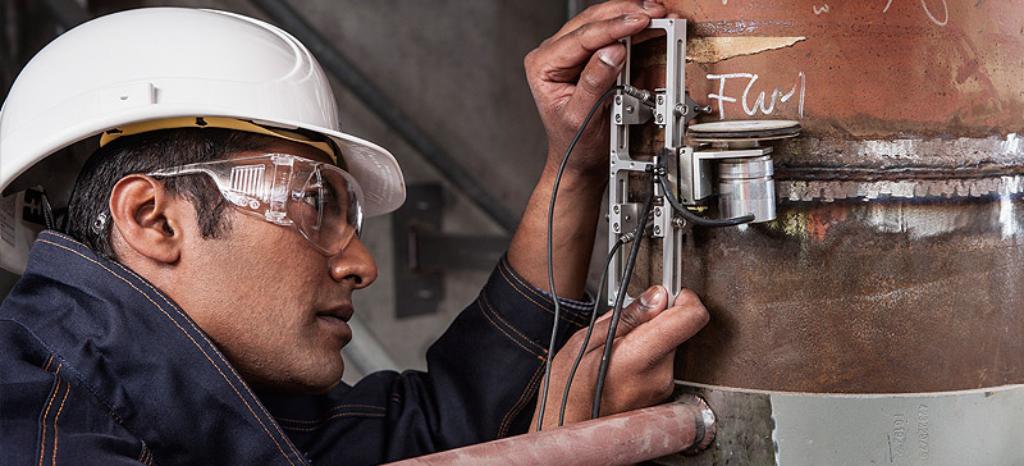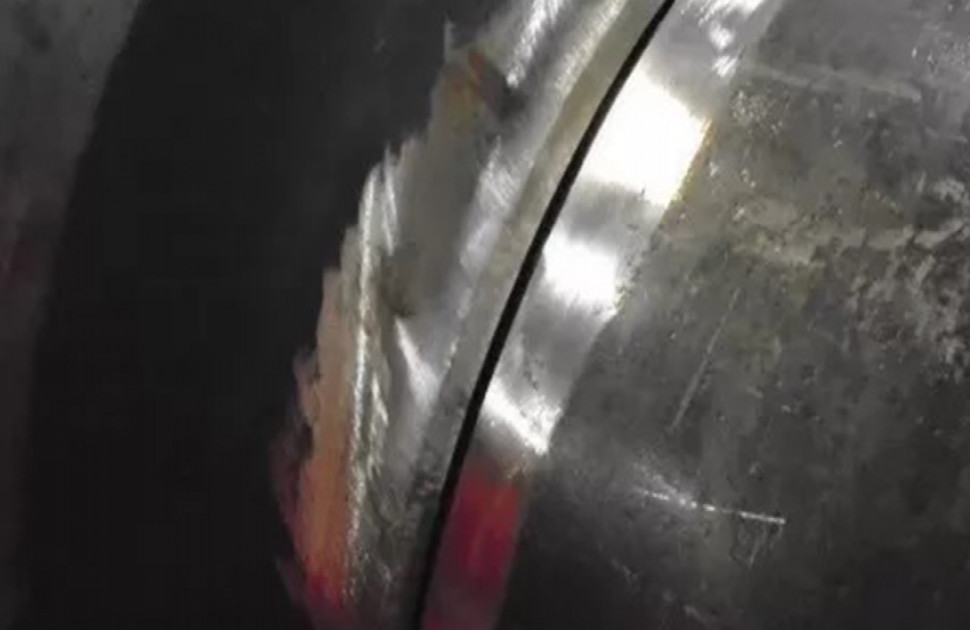A Comprehensive Guide to Welding Examination Techniques and Ideal Practices for High Quality Assurance in Manufacture Projects
Welding assessment functions as an essential column in guaranteeing the architectural honesty and safety and security of fabricated projects. Utilizing a range of methods-- varying from visual analyses to advanced techniques like ultrasonic and radiographic testing-- supplies vital understandings right into prospective issues that may weaken toughness. Developing effective methods and a durable top quality monitoring system can enhance compliance and dependability. Nonetheless, the complexities of these methods and their application often raise important concerns regarding the tools and standards required for ideal results. What particular methodologies will be most efficient in your jobs?
Significance of Welding Assessment
Welding evaluation is a vital element in making sure the integrity and safety of welded frameworks. The process entails an organized analysis of welds to determine any defects that might jeopardize the toughness and durability of the last item. Efficient examination is necessary not only for conformity with market standards and laws however also for guarding the health and wellness and safety of employees and the public.

Furthermore, welding inspection functions as an important tool for continuous improvement in fabrication processes. By identifying recurring issues, organizations can implement corrective procedures, resulting in enhanced training for welders and far better overall methods. Eventually, focusing on welding inspection cultivates a society of quality control, guaranteeing that projects meet both consumer assumptions and regulative requirements. This proactive approach is essential for achieving quality in welding and manufacture.
Usual Welding Evaluation Strategies
Different techniques are utilized to evaluate welds, each tailored to identify particular sorts of defects and make sure quality. Among one of the most commonly used approaches are visual evaluation, ultrasonic screening, radiographic screening, magnetic particle testing, and color penetrant screening.
Visual evaluation is the most straightforward technique, permitting assessors to identify surface abnormalities such as splits, porosity, and damaging. Ultrasonic testing employs high-frequency sound waves to identify internal defects, supplying a thorough analysis of weld honesty. Radiographic testing utilizes X-rays or gamma rays to produce pictures of the weld, exposing interior issues that are not noticeable to the nude eye.
Magnetic fragment testing is particularly effective for ferromagnetic products, identifying surface area and near-surface issues by using electromagnetic fields and utilizing fine particles that indicate abnormalities. Color penetrant screening includes using a tinted color to the weld surface area, which leaks into fractures and is disclosed under ultraviolet light, making it simple to identify flaws.
Each of these methods plays a crucial role in maintaining welding quality, and the selection of an appropriate approach relies on the certain needs of the construction job, including product kind, weld setup, and the preferred level of inspection.
Essential Inspection Tools


Measuring tools, consisting of calipers, gauges, and rulers, are crucial for validating dimensions and tolerances. These tools aid ensure that welds satisfy the called for specifications for strength and toughness. In addition, ultrasonic testing devices are utilized to find inner problems without compromising the integrity of the weld. This non-destructive testing method is important for recognizing concerns that might not show up externally.
One more crucial device is the solidity tester, which examines the mechanical properties of a weld and determines its viability for details applications. Welding examination software application aids in recording findings, facilitating information evaluation, and guaranteeing compliance with sector requirements. Together, these essential examination tools form a thorough collection that supports the welding inspection procedure, eventually contributing to the quality control of manufacture jobs.
Best Practices for Quality Control
In the quest of quality guarantee, implementing best practices is important for attaining trusted and constant welding end results. Establishing a thorough welding high quality monitoring system (WQMS) is essential. This system needs to include specified procedures, requirements, and documents methods that lead every phase of the welding procedure.
Regular training and qualification of welding personnel are critical. Competent welders with upgraded knowledge of methods and precaution add considerably to top quality. Additionally, conducting pre-welding assessments ensures that materials and tools meet specified requirements, lowering the possibility of flaws.
Integrating real-time tracking news throughout the welding procedure permits prompt webpage detection of irregularities, making it possible for corrective activities to be taken immediately. Post-welding examinations, consisting of aesthetic checks and non-destructive testing (NDT), are important in confirming weld integrity and compliance with market requirements.
Furthermore, preserving precise records of evaluations, weld parameters, and corrective actions cultivates a society of liability and constant enhancement. Engaging stakeholders in regular quality testimonials can additionally improve the general effectiveness of quality control actions. By sticking to these finest techniques, companies can substantially raise their welding quality assurance initiatives, consequently guaranteeing project success and customer contentment.
Enhancing Safety And Security and Compliance
Achieving high requirements in welding quality control normally lines up with the critical of boosting safety and conformity within the market. Effective welding examination methods are essential in recognizing potential threats and making sure that all processes stick to regulative standards. These methods not only offer to maintain structural stability but also secure the health and wellness of employees associated with construction tasks.
Executing strenuous evaluation protocols, such as aesthetic examinations, non-destructive testing (NDT), and thorough paperwork, develops a culture of security and liability. Training welders and inspectors in present safety and security policies and finest techniques is important. This makes sure that all employee recognize possible dangers and are geared up to alleviate them.
In addition, compliance with industry requirements, such as those set by the American Welding Culture (AWS) and the International Company for Standardization (ISO), is non-negotiable. Normal audits and assessments help determine spaces in security actions and advertise continuous improvement - Welding Inspection Milwaukee. Ultimately, a dedication to improving safety and security and compliance not only promotes a much safer working atmosphere however likewise brings about premium top quality end next page results and minimized liability for organizations engaged in welding fabrication
Conclusion

Welding examination serves as a basic column in guaranteeing the architectural integrity and safety of made projects.Welding inspection is a vital element in guaranteeing the integrity and safety of bonded frameworks. Ultimately, focusing on welding examination fosters a culture of top quality guarantee, making sure that jobs satisfy both consumer expectations and regulatory demands. With each other, these essential evaluation tools develop a comprehensive collection that sustains the welding examination process, ultimately adding to the high quality assurance of manufacture jobs.
In conclusion, reliable welding assessment is necessary for making sure the structural honesty and security of produced jobs. Welding Inspection Milwaukee.
Comments on “Leading Advantages of Hiring Welding Inspection Milwaukee for Your Following Task”